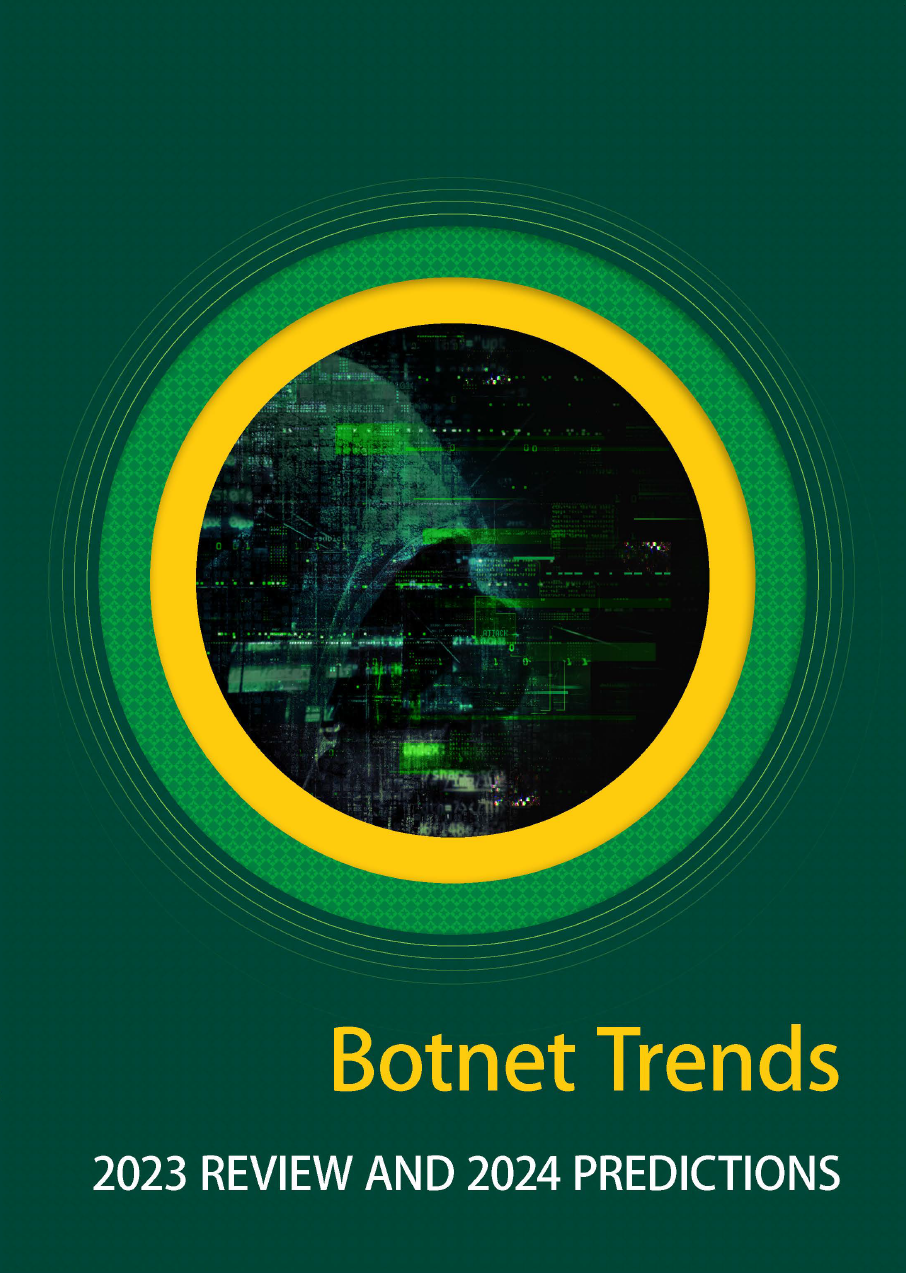RESOURCES
THANK YOU FOR YOUR INTEREST IN NSFOCUS REPORTS
Botnet Trends: 2023 Review and 2024 Predictions
 The cybersecurity landscape in 2023 was marked by a significant rise in botnet-driven attacks, with a pronounced escalation in assaults on critical infrastructure. The convergence of botnets with advanced threats such as APTs and ransomware has led to a complex and evolving threat landscape. This report, based on extensive research by NSFOCUS, provides a detailed analysis of the botnet threat trends observed in 2023 and offers predictions for the year 2024, emphasizing the growing sophistication and organization of botnet attacks.
The cybersecurity landscape in 2023 was marked by a significant rise in botnet-driven attacks, with a pronounced escalation in assaults on critical infrastructure. The convergence of botnets with advanced threats such as APTs and ransomware has led to a complex and evolving threat landscape. This report, based on extensive research by NSFOCUS, provides a detailed analysis of the botnet threat trends observed in 2023 and offers predictions for the year 2024, emphasizing the growing sophistication and organization of botnet attacks.
Highlights include:
- Over 1400 large-scale botnet attacks on critical infrastructure were monitored, peaking in August and September.
- Mirai, XorDDoS, Gafgyt, and hailBot families dominate in attacks, with China and the US as primary targets.
- Botnets serve as a springboard for advanced threats, forming complex attack chains.
- IoT devices, especially routers, are the most targeted due to security vulnerabilities.
- Mirai family controls the largest number of IoT devices, with new variants emerging.
- QakBot and Mirai had the most Command and Control (C&C) servers, with the US leading in controlled C&C servers.
- UDP Flood is the most used attack vector, with the US and China experiencing the most severe DDoS attacks.
- Emerging botnet families on Linux/IoT platforms are highly active, with attackers increasingly using the Go language.
- Windows platform-based botnets focus on data exfiltration and serve as distribution channels for other malware.
- Predictions for 2024 include more frequent attacks on critical infrastructure, botnets as a common springboard for other threats, increased botnet group activities, and enhanced trojan concealment strategies.
